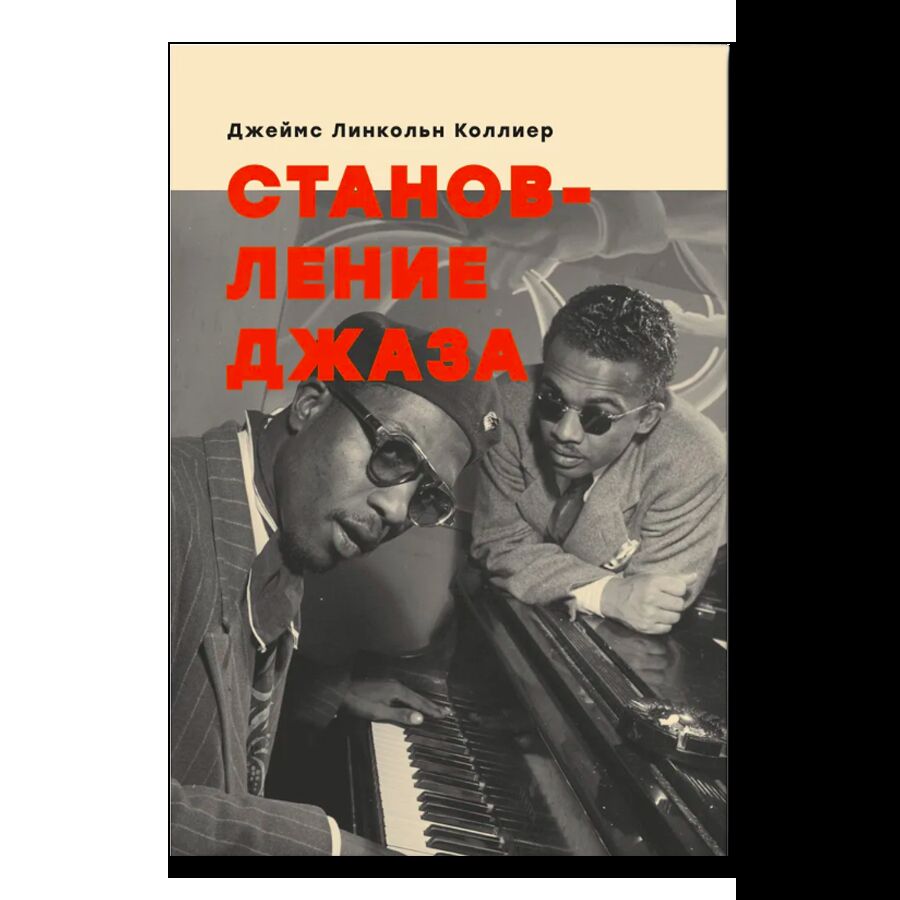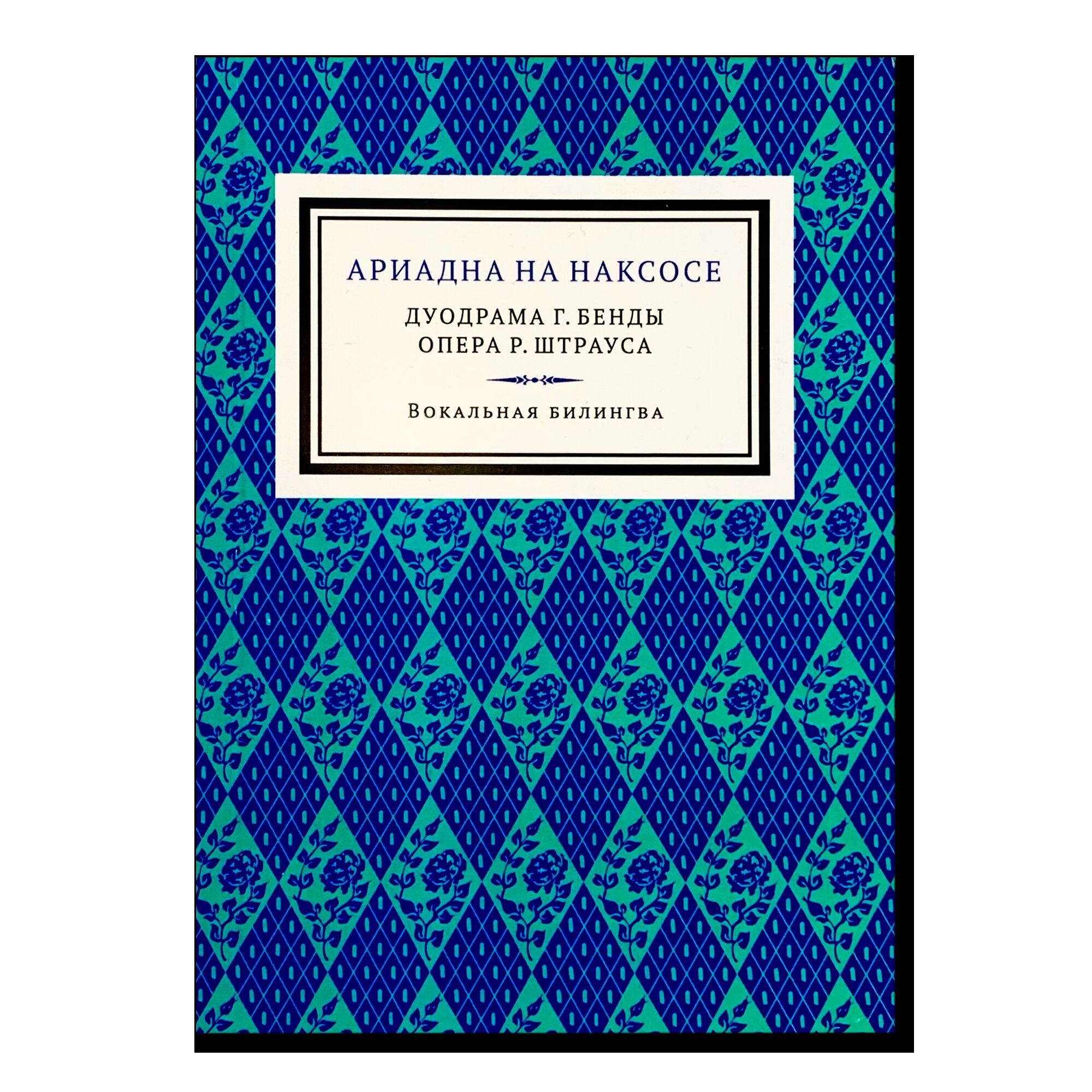A Brief History of New Music
- Year: 2015
- Language: Russian
- Publisher: Ad Marginem
- ISBN: 9785911033064
- Page: 280
- Cover: paperback
- About the Book
Obrist’s collection of interviews with Western musicians of the 1950s¬¬-1990s offers new insights in the history of experimental music.
Just like his A Brief History of Curating, previously published by Garage, this book by renowned art curator Hans Ulrich Obrist is a series of interviews — this time, with western musicians of the second half of the past century. The list of interviewees includes avant-garde and minimal composers, electronic music pioneers, and Fluxus artists — musicians blurring the boundaries between classical and experimental music.
In each interview, Obrist focuses on the musicians’ personal histories: their first encounters with music, their influences, their unrealized and current projects. They also discuss their musical theories, explain their key works, share their philosophy, and talk about their colleagues and collaborations. Among the musicians interviewed are Karlheinz Stockhausen, Pierre Boulez, Iannis Xenakis, Peter Zinovieff, Yoko Ono, and Brian Eno.
Through these conversations, Obrist sets out to define the strategies and the conventions of new music — the music that is constantly in search of new ways of working with sound, and is therefore essentially different from traditional music. As Stockhausen says, “You get feelings that you don’t get in concert-halls or churches. They come from this kind of music. Music has, after all, the beautiful power of linking people with the invisible, because it is itself invisible. Its theme is the invisible. People’s worldview these days is so incredibly focused on the visual that hearing, experiencing nature’s laws and the beauties of the universe through sounds, is almost impossible.” The conversations often touch on the relationship between art and science. Many of the interviewees turn to acoustic analysis in their practice. Exploring the spatial properties of sound, they investigate new ways of working with the listener’s perception and discuss the need for new kinds of spaces for electronic and synthetic music.
Drawing parallels between musical pieces and contemporary art objects, Obrist notes that many compositions share certain traits with an art installation, a happening, or a total work of art (Gesamtkunstwerk). One of the central subjects discussed is the role of the performer: his or her ability to break free from the sheet music, to improvise, and to develop the composition, reviving it in a particular time and space.
A Brief History of Music can be used as an enlightening reader on the experimental and neoclassical music of the 20th century. The book offers a new perspective on the history of modern musical trends, and an opportunity to gain a deeper understanding of musical theory and practice.





